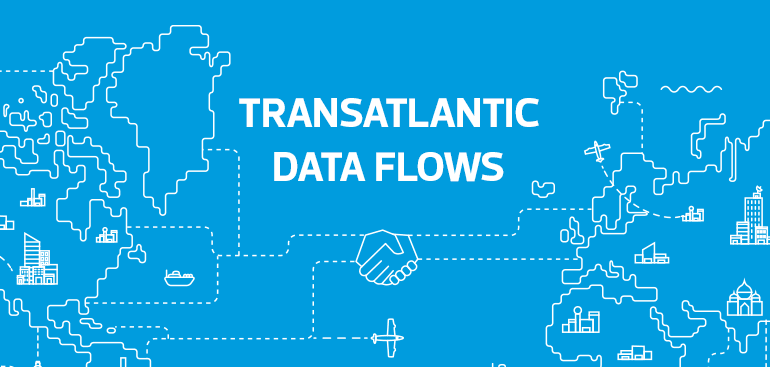Novel flows that define the future of globalization require new regulatory approaches, which are likely to differ between countries. So too for regulatory approaches to personal data.
Globally, there are three different regulatory models for personal data: the model applied by the US, based on an open approach to transfer data and process data locally; the model developed by the EU, which is a model based on so-called conditional transfers and processing; and finally, the model put forward by China, a framework that lurches towards autarky.
The differences in regulatory approaches reflect different economic realities, and it is important to better understand how and why countries regulate in the way they do – particularly in the EU and US. The EU’s regulatory approach seeks model followers among trading partners and offers adequacy for countries following a different model. Many countries apply a similar model and, together, they cover a big portion of global trade in data-reliant services.
In contrast, the US model has fewer followers and represents a much smaller share of trade. However, this model comes with other benefits as it allows firms to experiment more than in the EU and China, leading to more digital innovations with data and faster growth of new firms with a strong boosting effect on productivity. The US model aims to capture the benefits to prosperity that comes from data-based innovation.
The China model is in a league of its own. It is a large economy in itself and its economic scale has served the country well by developing many new and fast-moving digital technologies; China therefore shares some impulses of an experimental approach. Yet, this regulatory approach comes along with great restrictions, which inhibit the cross-border integration with other countries. The China model has the lowest number of followers and represents the smallest share of digital services trade. China’s closed economy makes it therefore much harder to regulate internationally.
These three blocs have chosen regulatory models that reflect their institutional structures and economic opportunities. Hence, there may not be one model that fits every type of economy: there is rather a path dependence in the way regulations are developed.
However, it is important to acknowledge that the different regulatory structures will produce different economic outcomes. The US model will generate a lot of innovation-led growth – but not necessarily a lot of innovation-driven trade. European outcomes are the opposite: the regulatory structure doesn’t produce as much Schumpeterian growth, but it encourages trade and Smithian growth.
ECI_21_PolicyBrief_09_2021_LY05To read the full policy brief by the European Centre for International Political Economy, please click here.

